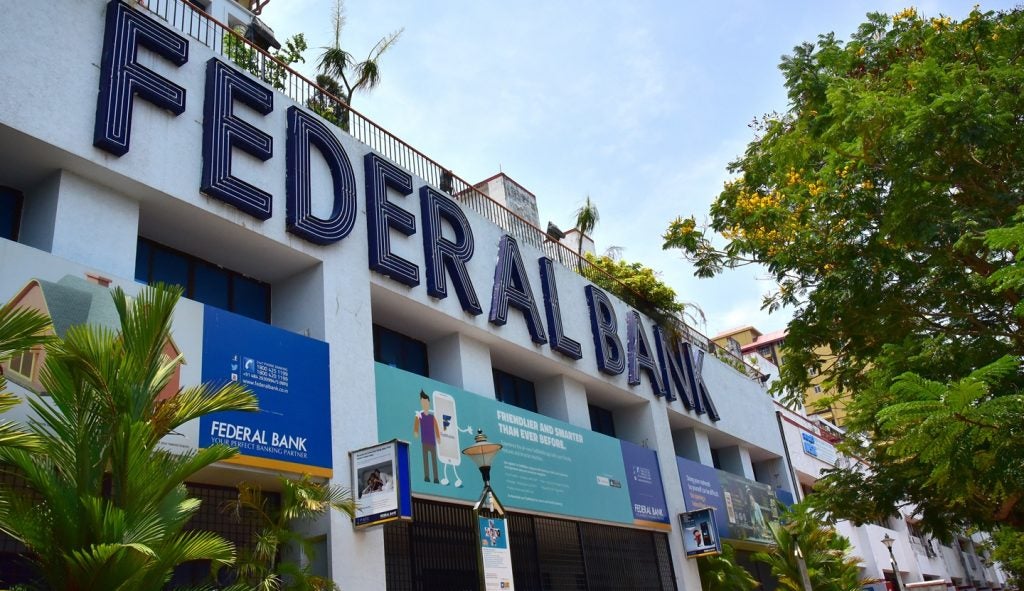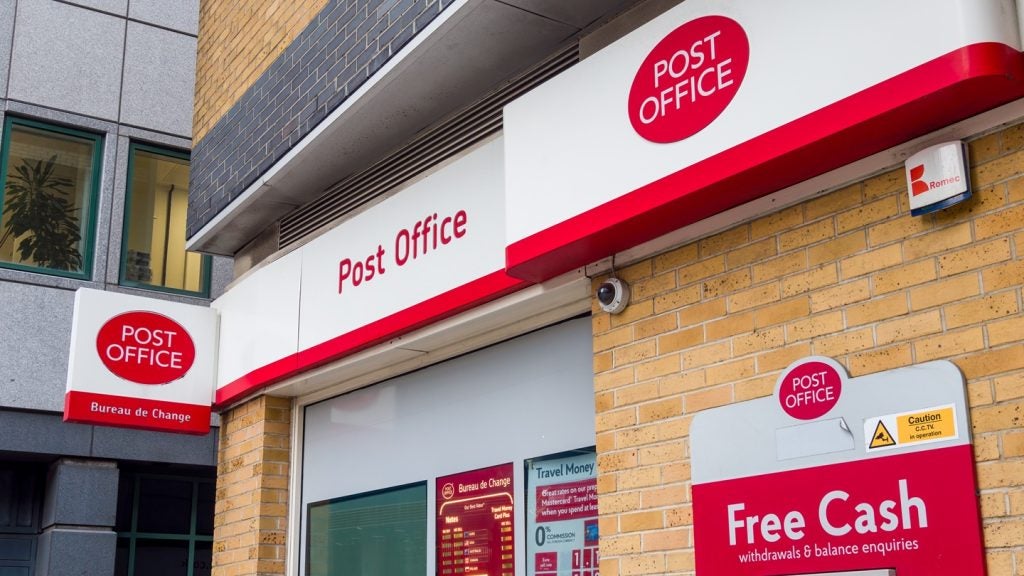With the aim of tackling the labour intensive
process of data entry in the bank, a project named eOps has been
launched by Standard Chartered (StanChart).
eOps aims to enable StanChart to outsource
data entry, while ensuring data security, accuracy and scalability.
eOps, so far, has only been deployed for the account opening
process, but can easily be expanded to other processes, according
to the lender.
David Lynch, group head of consumer banking
operations at StanChart, says:
“What regulators and our customers alike are
most concerned about is the protection and confidentiality of
information. That has always been our first priority with the eOps
programme. Because of that focus, we have had very good support in
the initial markets we selected.”
More or less standardised forms are scanned
and splintered into small data fragments, which individually do not
make any sense and therefore allow secure data transfer. The
fragments are transferred digitally to rural India, where literate
but unskilled workers do the data entry.
Afterwards, the system reassembles the data
securely. All data snippets are entered twice and matched to
minimise the risk of errors and fraud.

US Tariffs are shifting - will you react or anticipate?
Don’t let policy changes catch you off guard. Stay proactive with real-time data and expert analysis.
By GlobalDataOutsourcing data entry comes with the
challenge that regulators traditionally are very sensitive about
allowing data outside their constituency.
“Given the geographic diversity of our
business though, we will continue to look at rolling out eOps to
each market individually in the context of local laws and
regulations,” says Lynch.
The discussion over outsourcing remains a
pertinent issue for banks, with regulators becoming more sensitive,
such as in Indonesia where Bank Indonesia limited the areas that
can be outsourced, or China and Malaysia, which limit data
processing and storage outside their country.
The benefits of offshore processing are
obvious: low cost, low error rates, scalability and flexibility. It
even has a positive social component – bringing jobs to
underdeveloped, rural areas.
eOps data entry staff only require a computer
with internet connection and a user name. It could be done from
their home, or at a data entry centre.
There are various techniques that banks employ
to improve data entry. Online data capture and optical character
recognition are some of the other solutions available.
“Electronic data capture and validation is the
ideal solution, however there are many reasons why this isn’t
feasible in many markets and situations. We are going to see
greater uptake of digital capture solutions in mature markets such
as Singapore and Hong Kong, for example.
“However, given the less developed
infrastructure in many of the markets in which we operate across
Asia, the Middle East and Africa, eOps has enormous potential. We
are a long way from seeing mass proliferation of tablets and smart
phones in many of these places. So therefore we need solutions for
both ends of the spectrum,” says Lynch.
StanChart has made significant changes across
its mortgages and loans departments as well.
In order to “earn the customers’ trust”,
StanChart has switched from giving consumers assurance to
guaranteeing a three-day turnaround time for loan approval,
compensating the user with S$50 ($40) for every day of delay if the
guarantee could not be met.
Within 12 months, StanChart has reportedly
managed to bring down the turnaround time from over 13 days to
three days from application to letter of offer.
Alvin Lee, head of mortgages, Singapore and
South East Asia at StanChart, says:
“We want to make sure that customers know what
they get and can expect from us – upfront. So when we started this
journey the challenge was to come up with a service proposition
that is fast, accurate, based on good advisory and meets all the
financial solutions needed.
“We had to work through six different
departments in three geographies to get the approvals to streamline
and automate the mortgage approval process. We had to break down a
lot of internal walls, red tape and bureaucracy to reduce the
turnaround time.
“Automation of the process is the key
component of a fast approval process, but requires a strong
decision framework. Building the framework is like taking a box and
the parameters within the box have to be cleared by all relevant
departments. When all the parameters are cleared, we just plug-and
play the box and everything runs automatically.”
To build upon this, StandChart has further
launched an additional five service guarantees, which include
auto-approval of credit cards and home renovation loans, together
with home loan, informs Lee.








